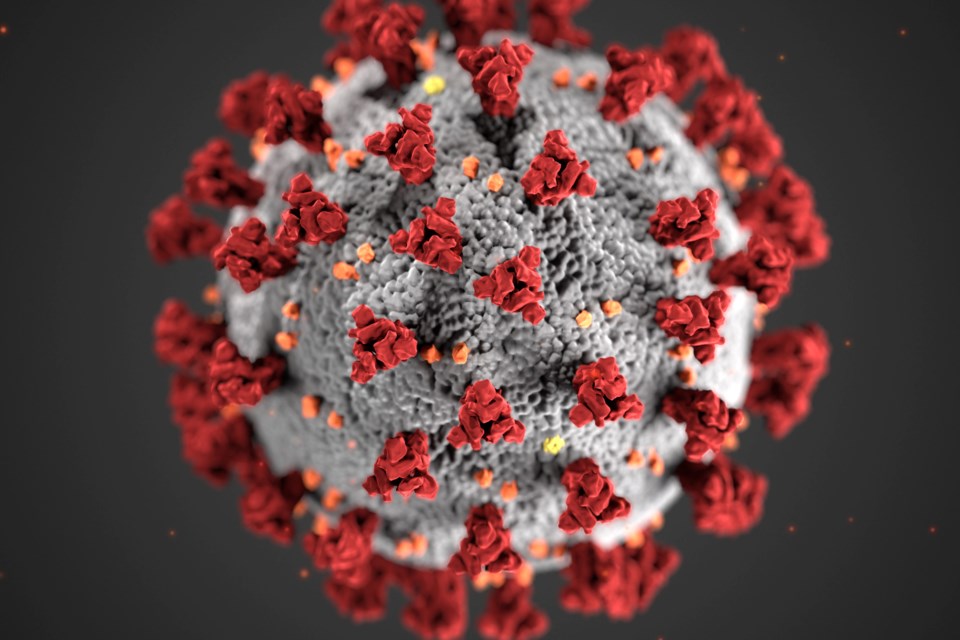Some people watch Dr. Bonnie Henry’s press conferences to find out how COVID-19 is spreading in their community. Other people look at Fraser Health school and community exposures.
But a group of waste water specialists and UBC scientists are looking at sewage to find out how the virus is moving in the region, with some surprising results.
The Tri-Cities, which include Coquitlam, Port Coquitlam and Port Moody, are part of the large and populous Fraser Health region, where coronavirus cases started to ramp up in the fall.
NEW TOOL TRACKS PRESENCE OF COVID-19 IN METRO VANCOUVER'S WASTEWATER
Metro Vancouver has launched an online tool that allows residents to track the viral load of COVID-19 detected in untreated wastewater at each of the region’s five wastewater treatment plants.
Metro Vancouver is working with the BC Centre for Disease Control (BCCDC) Public Health Laboratory and the University of British Columbia to track the presence and trends of the COVID-19 virus in the region’s wastewater system through sampling and testing.
“Despite the ongoing rollout of multiple vaccines within the region, we know that daily transmission rates remain relatively high and several variants of COVID-19 are within our communities,” said Sav Dhaliwal, chair of the Metro Vancouver board of directors.
“We are pleased to support the work of our local health authorities and university researchers in reaching a better understanding of the virus through innovative environmental testing at our facilities.”
The data, provided weekly, may assist health authorities to better understand the localized prevalence of the virus and to evaluate the effectiveness of public health measures intended to control transmission in the community.
Residents can click on a specific wastewater treatment plant on a map to see a snapshot of the COVID-19 virus trend for that area.
Each chart shows the amount of COVID-19 virus present per litre of wastewater that arrives at a wastewater treatment plant prior to treatment. Results are sorted by sewerage areas, which are defined catchment areas around each wastewater treatment plant.
“Studies have demonstrated that approximately 50 per cent of COVID-19 cases have the virus in their feces,” said Dr. Natalie Prystajecky, program head, environmental microbiology, BCCDC Public Health Laboratory and Clinical Assistant Professor, Pathology and Laboratory Medicine, UBC.
“Studying the virus in wastewater allows researchers to look at an entire population, rather than an individual person.”
You can see, for example, that COVID-19 started to appear in higher concentrations in the Annacis treatment facility — where Tri-City residents’s sewage is treated, along with that of Surrey, Delta, New Westminster and Burnaby — from mid October though to mid December.
The science of COVID-19 is evolving rapidly. The virus that causes COVID-19, SARS-CoV-2, is non-infectious in feces and wastewater. Wastewater testing does not show the number of people that are infected or contagious.
More specific data, including maps that show weekly case numbers for the Tri-Cities, is available through the BC Centre for Disease Control.




